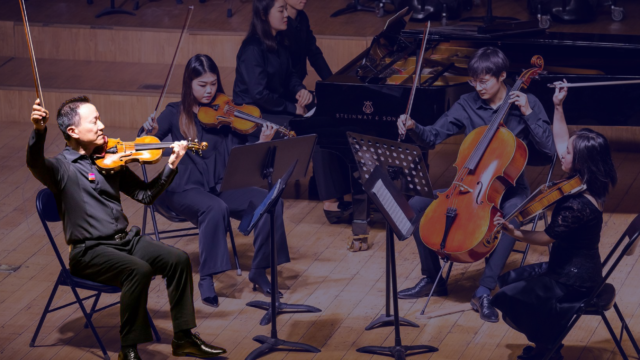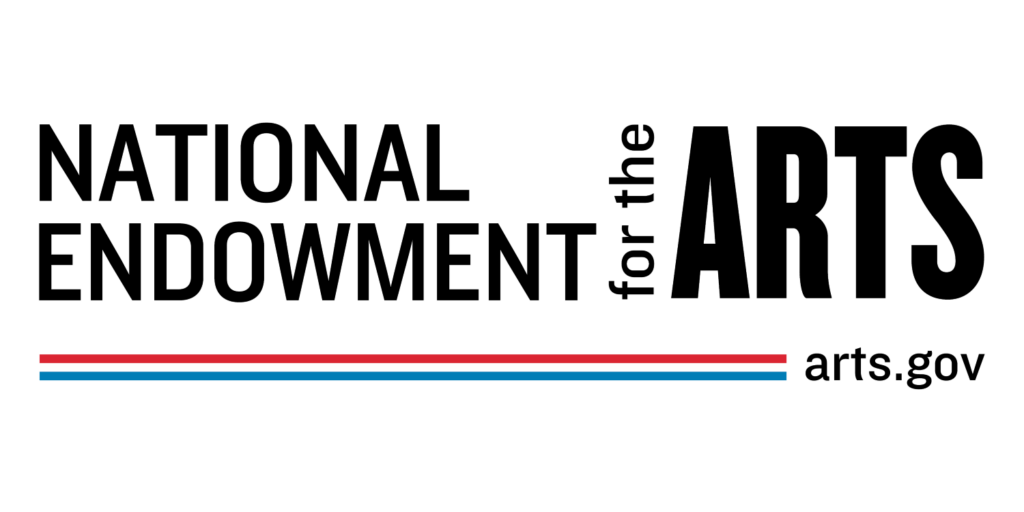Introduction | Diversity in the Orchestra Field 2023
Racial/Ethnic and Gender Diversity in the Orchestra Field in 2023, published by the League of American Orchestras (the League), covers the ten-year time period from the 2013-14 season through the 2022-23 season. It builds on the League’s 2016 report Racial/Ethnic and Gender Diversity in the Orchestra Field (Doeser, 2016), which established a baseline for member demographic analysis unique among U.S. arts service organizations.
With this new report, our intentions are to support orchestras in their equity, diversity, and inclusion (EDI) work, and to provide an evidence-based foundation for field-wide efforts to accelerate progress towards an equitable future. While quantifying representation is only one way of measuring progress in EDI work, it is nevertheless indispensable to the process of decision-making about where change efforts are most needed. We focus in this report on where diversity has improved and where it has not, describing the current state of racial/ethnic and gender diversity among orchestra musicians, conductors and music directors, staff and top executives, and board members.
Since the 2016 report, continuing violence against Black and Asian individuals and communities, including the murder of George Floyd and the ongoing inequities exposed by the COVID-19 pandemic, have brought a new urgency to the orchestra field’s work in equity, diversity, and inclusion. At the same time, critical dialogue has illuminated the field’s history of discrimination and racism, and the ongoing practices that perpetuate inequities (Flagg, 2020, Rabkin and Hairston O’Connell, 2016). In 2020, many orchestras engaged in a period of reflection about race, alongside continued discussions about gender equity, and made statements of commitment to improving racial/ethnic inclusion, equity, and representation.
As a result, recent years have seen significant work on culture and capacity building around EDI in many orchestras, as well as new and renewed commitments to diversity in orchestra programming, and investments in a range of EDI initiatives (see Appendix 2 for examples). In some areas of work, such as increasing the visibility of repertoire by BIPOC, women, and nonbinary composers, notable progress has already been made (Deemer and Meals, 2022). In others — including addressing discrimination within audition and tenure processes (Woolfe and Barone, 2020; Tommasini, 2020) and supporting pathways for young people of color to progress into orchestral careers — the urgent work of challenging conventions, systems, and processes calls for significant, increased investment and coalition building in order to foster more diversity now and in the future.
It is important to state that representation in itself does not necessarily lead to equity within an organization or to inclusive experiences for the historically and continuously marginalized people associated with it. Specifically, the prominence of Asian or Asian American musicians in U.S. orchestras should not imply that Asian or Asian American musicians have equivalent voice, power, or influence, nor be used to perpetuate the false narrative of an Asian “model minority” (Yoshihara, 2021; Hernández, 2021). For EDI efforts to create a culture of belonging for historically and continuously marginalized people, they must be part of an orchestra’s long-term plans, aligned with changes in internal culture, processes, practices, resourcing, and partnership building.
Every orchestra has its own unique story to tell within the national narrative we present in this report — not only about diversity of representation, but also about its own progress toward building an inclusive and equitable organizational culture. Orchestras taking the kinds of actions outlined in the League’s Promising Practices guide are building strong foundations. We urge all orchestras to continue to invest in this work and to commit to accelerating the pace of change for the future.
Resources to Support Change in Orchestras’ EDI Work
- Promising Practices: Actions Orchestras Can Take to Make Progress Towards Equity
- Catalyst Snapshots: EDI Case Studies from American Orchestras
- Making the Case for Equity, Diversity, and Inclusion in Orchestras
Jump to another page:
- Introduction
- Overview
- Key Findings
- Recommendations
- Definitions
- Technical Notes
- Detailed Analysis 1: By Orchestra Role (see full PDF)
- Detailed Analysis 2: By Demographic Group (see full PDF)
- Detailed Analysis 3: By Role and Budget Size (see full PDF)
- Detailed Analysis 4: Focus on the Pandemic Years (see full PDF)
- Appendix 1: Methodology
- Appendix 2: Stories of Progress in Orchestras
- Appendix 3: References
- Acknowledgements
This project was supported in part by an award from the Research Grants in the Arts program at the National Endowment for the Arts, Grant #1863433-38-20. Additional funding was provided by a generous grant from the Mellon Foundation, and by public funds from the New York City Department of Cultural Affairs in partnership with the City Council.
Related
-
Learn | Executive Leadership & Management
Conference 2024: Opening Session and Gold Baton Award
-
Learn | Equity, Diversity & Inclusion
Conference 2024: Analyzing Orchestra Business Models for Strategic Decision-Making
-
Learn | Equity, Diversity & Inclusion
Conference 2024: Inspiring Change and Collective Impact through Inclusive Stages
Become a member
Thank you for your interest in the League of American Orchestras! We are dedicated to advancing the orchestral experience for all.
Join Now





